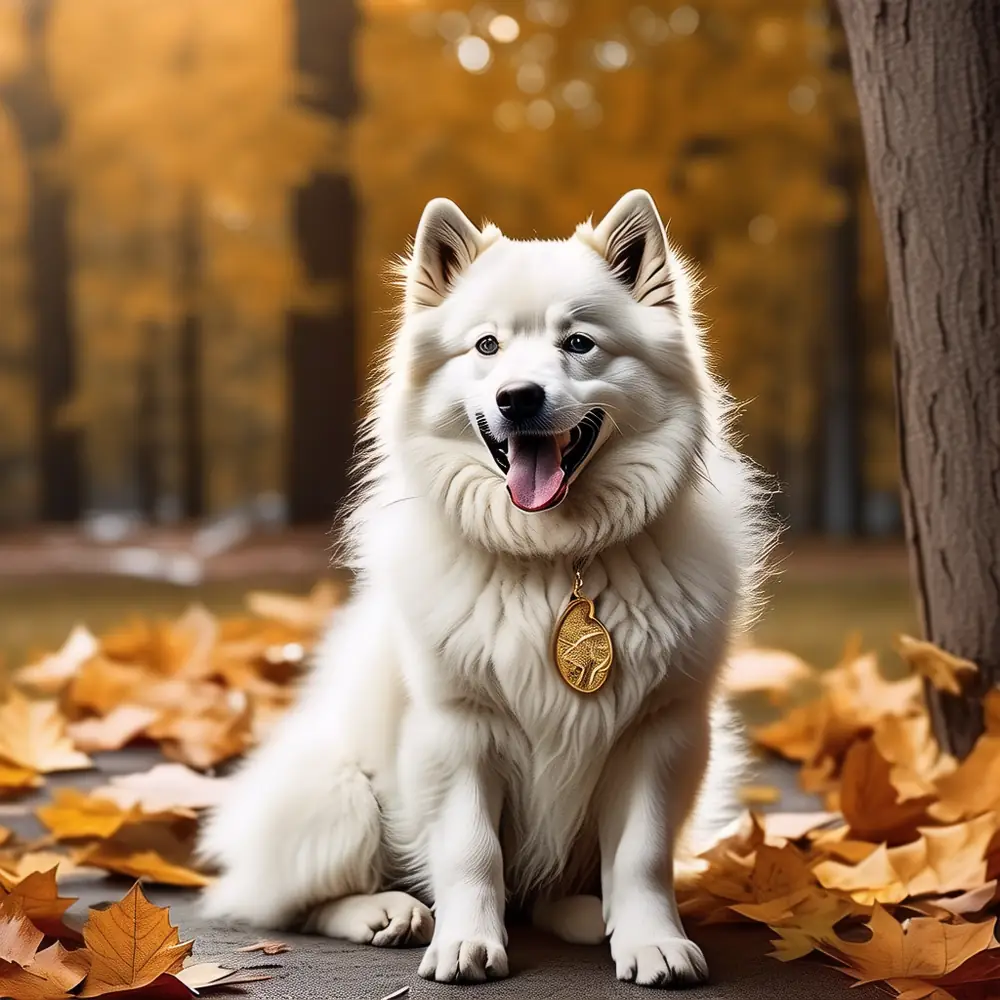Feeding Fido: The Fundamentals of Dog Nutrition
As a dog owner, you want your canine friend to be as healthy and happy as possible. One of the most important ways to achieve this is through proper nutrition. Just like humans, dogs need a balanced diet to thrive, and understanding the basics of dog nutrition can make a huge difference in your pet's overall health and longevity. A well-nourished dog is more likely to have a shiny coat, strong muscles, and a robust immune system, all of which contribute to a long and active life.
First and foremost, always choose high-quality dog food. Look for brands that list real meat (like chicken, beef, or fish) as the first ingredient. Avoid foods with fillers like corn, wheat, and soy, which can be hard for some dogs to digest. For example, if you see "chicken by-product meal" listed before actual chicken, it’s a red flag. Instead, opt for a brand that prioritizes whole, natural ingredients. If you’re unsure, consult your vet for recommendations tailored to your dog's specific needs.
Another key aspect of dog nutrition is portion control. Overfeeding can lead to obesity, which is a common problem among pets and can cause a host of health issues, including joint problems and diabetes. Check the feeding guidelines on the back of the dog food bag, but remember that these are just general guidelines. Your dog's activity level, age, and overall health should also be considered. For instance, a highly active working dog will need more calories than a sedentary senior dog. Use a measuring cup to ensure you’re giving the right amount, and consider using a slow feeder bowl to prevent gulping and overeating.
Don’t forget about hydration! Water is essential for your dog's health, and it’s crucial to provide fresh, clean water at all times. Dehydration can quickly become a serious issue, especially in hot weather or after exercise. Make sure your dog has access to water both indoors and outdoors, and check their water bowl regularly to refill and clean it. If you notice your dog drinking less, it could be a sign of an underlying health issue, so it’s a good idea to consult your vet.
Treats are a fun way to reward your dog, but they should be given in moderation. Treats can add extra calories and may not be nutritionally balanced, so it’s best to limit them to no more than 10% of your dog's daily caloric intake. Opt for healthy, low-calorie treats like baby carrots, green beans, or small pieces of cooked chicken. These options are not only tasty but also provide additional nutrients without the added sugars and fats found in many commercial treats.
- Choose high-quality dog food with real meat as the first ingredient.
- Use a measuring cup to control portions and avoid overfeeding.
- Provide fresh, clean water at all times to keep your dog hydrated.
- Limit treats to no more than 10% of your dog's daily caloric intake.
- Consult your vet for personalized nutrition advice based on your dog's specific needs.
A Word of Caution
One common mistake is to assume that all human foods are safe for dogs. While some human foods, like lean meats and certain vegetables, can be beneficial, others can be toxic. Grapes, chocolate, onions, and garlic are just a few examples of foods that can be harmful to your dog. Always do your research or ask your vet before sharing any human food with your pet.
By keeping these tips in mind, you can ensure that your furry friend is getting the best possible nutrition. Remember, a well-nourished dog is a happy and healthy one!
